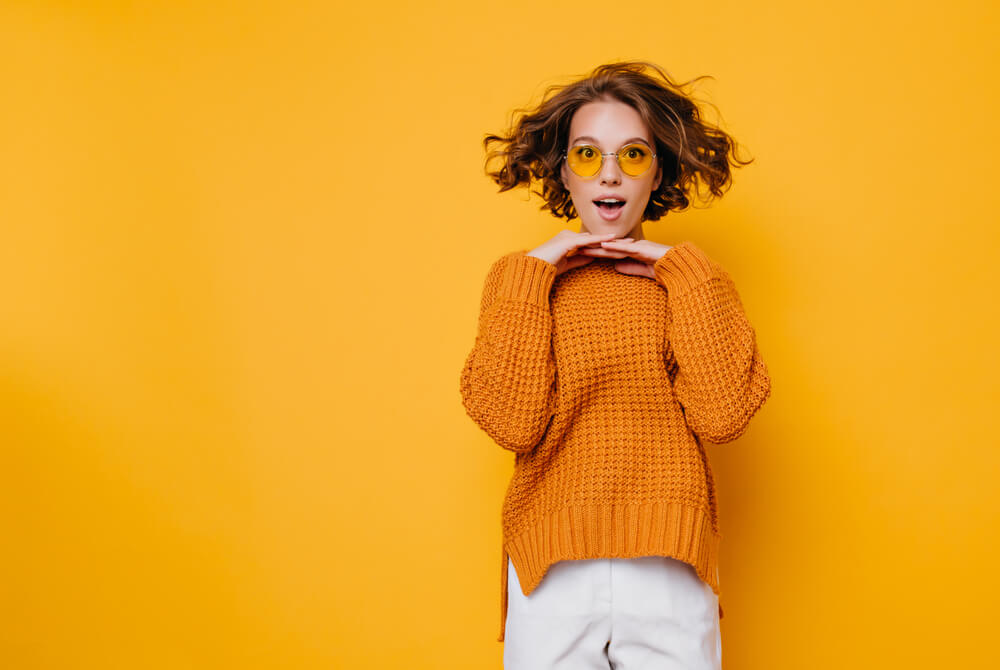The colors around you every day—from the Metro station to the fast food restaurant—are all designed to elicit a certain response from you based on the psychology of colors. While the ultimate perception of colors is dependent on personal experiences, color plays a remarkable role in everything from branding to grocery store design.
The Most Common Myths Around Psychology of Color
Color psychology is a much-discussed subject, but there is relatively little scientific evidence to back it up. Your personal experience, including your preference, upbringing, social circle and cultural experience, can all change the way that certain colors impact you. In that sense, the idea that the color yellow will mean the same thing to you as someone else is about as scientifically valid as your horoscope. That being said, there is still a great deal of research surrounding color and its effect.
The Effects of Familiar Colors
- Yellow: Associated with happiness, thought to encourage communication and stimulate the nervous system
- Green: Associated with feelings of calm and relaxation, thought to soothe feelings of depression and anxiety
- Blue: Also associated with feelings of calm
- Purple: Thought to calm the mind, provide a sense of spiritual connection and encourage creativity
- Pink: Associated with high energy levels and confidence
- Red: Stimulates energy levels and provides a sense of protection
- Orange: Encourages the appetite and socialization
Color and Gender
According to an exhaustive study of gender and color, Joe Hallock found many similarities and differences in the colors that each gender prefers. Both men and women like blue the most and brown and orange the least. However, women rank purple highly and green at the bottom, while men do the opposite. Next time you go to the store, pay attention to the colors on stereotypically gendered products like power tools. Ever see purple power tools marketed to men? Or a hunter green stand mixer marketed to women?
Color and Marketing
One study designed to measure the impact of color on marketing found that a whopping 90% of instant judgments made about products were based on color alone. If consumers felt like the color did not fit the product being sold or the brand selling it, the product was deemed not worth being purchased.
When selecting the right color for a brand or product, consumer reaction to the appropriateness of the color is actually more important than the color itself. If a camping company is making new tents aimed at a demographic that wants to feel rugged, the tent and packaging colors should play to those feelings. Why are so many fast food restaurants red, yellow or orange in design? Those colors are thought to stimulate energy levels and the appetite. Beyond that, these colors are now associated with being appropriate for a fast food restaurant.
Learn More About the Way You Think
Reach out to CBT Baltimore at 443-470-9815. We would love to help.

